#river fishing
Text
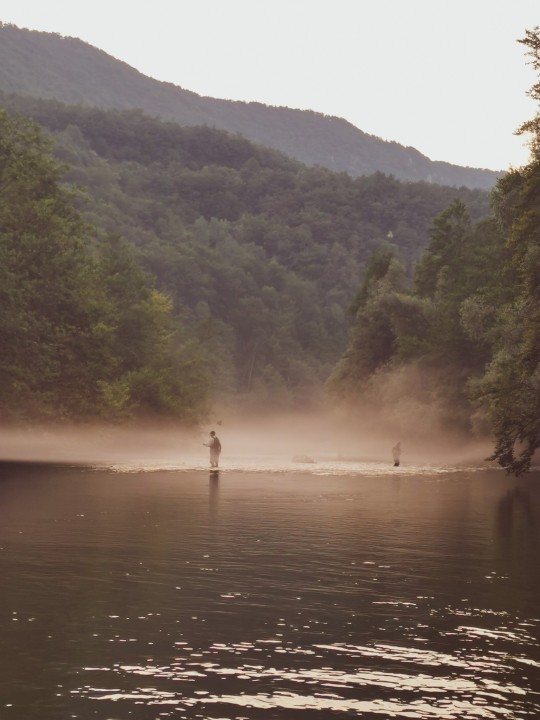
Fly fishing on Ibar river near city of Novi Pazar and Tutin.
Taken by Emir Gegić with Huawei p30 Pro
#novi pazar#serbia#srbija#sandzak#balkan#fly fishing#river fishing#fisherman#fishing#fish#brown trout#grayling#canyon#salmonid
4 notes
·
View notes
Text
4 notes
·
View notes
Text

I'm Graham,
I've been a fishing guide for over 22 years. I specialize in trout, steelhead, and salmon, with methods like fly fishing, centerpin fishing, float fishing, and spin fishing. I'm also the owner and lead author at https://troutandsteelhead.net/ where myself and other river guides provide readers with tips and advice on fishing and fishing products.
2 notes
·
View notes
Text
This thing is a sweet one kickbutt rugged fishing backpack! Plano Atlas Series EVA Backpack - 3700 Series. Combining the strength of a hard-sided tackle box with the lightweight portability of a soft-sided tackle bag, the premium EVA-constructed Atlas Tackle Pack is a completely new take on tackle storage. Built up from the sturdy foundation of a waterproof HDPE base surrounded by ultra-durable EVA panels, the Atlas includes Plano’s patented magnetic Dropzone™, bungee cord rod holder, tool holders, water-resistant cell phone storage, internal zippered mesh pockets, molded side pockets, and comfortable shoulder straps.
Also anyone that creates account on exploregear.com gets $15.00 store credit added to their account in (24 to 48) hours.. Then use that to buy this..
#outdoors#exploregear#exploremore#adventure#outdoor#fishing#lakelife#cabinlife#water#outdoorgear#fishinggear#bass fishing#river fishing#trout fishing#shoreline fishing#get outdoors
4 notes
·
View notes
Text
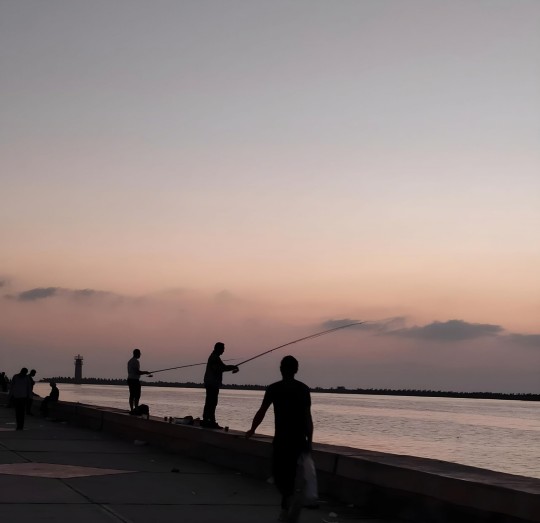
By me 🤳
1 note
·
View note
Text
Cowlitz River Fishing Report
Cowlitz River Fishing Report
The Cowlitz River, nestled in the picturesque landscapes of Washington State, is a haven for anglers seeking thrilling fishing experiences. Known for its diverse fish species and scenic beauty, the Cowlitz River offers a dynamic environment for both seasoned anglers and beginners. Here's a comprehensive Cowlitz River Fishing Report to guide you through the current conditions, best practices, and what you can expect on your next fishing adventure.
Current Conditions:
As of the latest observations, the water levels and temperatures on the Cowlitz River are within optimal ranges for fishing. Anglers can anticipate good visibility and accessibility along various stretches of the river. Checking the current weather conditions and river flow is advisable before planning your trip, as these factors can influence fish behavior and your overall fishing experience.
Fish Species:
The Cowlitz River is renowned for its diverse range of fish species, with salmon and steelhead being the primary targets for anglers. Chinook salmon, coho salmon, and steelhead are prevalent, offering anglers a chance to pursue their preferred catch. Understanding the seasonal migration patterns of these fish is crucial for a successful fishing trip.
Best Practices for Salmon Fishing:
Tactics: For Chinook and coho salmon, employing a mix of drift fishing, back-trolling, and using lures like spinners and spoons can be effective. Focus on areas with varying depths, as salmon often migrate through different parts of the river.
Bait Selection: Fresh roe, cured shrimp, and sand shrimp are popular bait choices for salmon on the Cowlitz River. Experimenting with different scents and colors can help entice bites.
Timing: Salmon runs on the Cowlitz River typically peak during specific seasons. Chinook salmon runs, for example, are prominent in the fall, while coho salmon runs occur in late summer and early fall. Planning your trip around these peak times increases your chances of a successful outing.
Steelhead Strategies:
Techniques: Steelhead fishing on the Cowlitz River often involves drift fishing with bait such as cured eggs or using jigs. Fly fishing enthusiasts can also find success using various nymph and streamer patterns.
Location: Focus on areas with structure, including deeper pools, riffles, and the mouths of tributaries. Steelhead are known for their elusive nature, so adapting your approach based on water conditions is crucial.
Presentation: Consider adjusting your presentation based on water clarity and flow. Brighter colors and larger baits may be more visible in murkier waters, while subtle presentations may be effective in clearer conditions.
Regulations and Conservation:
Before embarking on your fishing excursion, it's essential to familiarize yourself with the current fishing regulations and guidelines set by the Washington Department of Fish and Wildlife. Adhering to these regulations ensures sustainable fishing practices and contributes to the conservation of fish populations in the Cowlitz River.
Local Tackle Shops and Guides:
For those seeking local insights, tackle shops along the Cowlitz River can provide valuable information about recent catches, recommended gear, and river conditions. Additionally, hiring a local fishing guide can enhance your experience, offering expert guidance and knowledge of the river's nuances.
0 notes
Text
If you aren't following the news here in the Pacific Northwest, this is a very, very big deal. Our native salmon numbers have been plummeting over the past century and change. First it was due to overfishing by commercial canneries, then the dams went in and slowed the rivers down and blocked the salmons' migratory paths. More recently climate change is warming the water even more than the slower river flows have, and salmon can easily die of overheating in temperatures we would consider comfortable.
Removing the dams will allow the Klamath River and its tributaries to return to their natural states, making them more hospitable to salmon and other native wildlife (the reservoirs created by the dams were full of non-native fish stocked there over the years.) Not only will this help the salmon thrive, but it makes the entire ecosystem in the region more resilient. The nutrients that salmon bring back from their years in the ocean, stored within their flesh and bones, works its way through the surrounding forest and can be traced in plants several miles from the river.
This is also a victory for the Yurok, Karuk, and other indigenous people who have relied on the Klamath for many generations. The salmon aren't just a crucial source of food, but also deeply ingrained in indigenous cultures. It's a small step toward righting one of the many wrongs that indigenous people in the Americas have suffered for centuries.
#salmon#dam removal#fish#animals#wildlife#dams#Klamath River#Klamath dams#restoration ecology#indigenous rights#Yurok Tribe#Karuk Tribe#nature#ecology#environment#conservation#PNW#Pacific Northwest
12K notes
·
View notes
Text
Follow These Fishing Tips to Catch Elusive Brown Trout
Are you ready to embark on the ultimate fishing adventure and catch the elusive brown trout?
These fascinating freshwater fish are native to Europe and Asia but have made their way to many parts of the world, including North America.
Brown trout are highly sought-after game fish for their distinctive markings and challenging nature, making them a true prize for any angler.
So, are you ready to…

View On WordPress
#black lures#brown trout#fishing#flies#Fly fishing#green lures#grubs#how to fish for brown trout#how to fish for trout in fast moving water#lake fishing#minnows#river fishing#spinners#spoons#where to find brown trout#worms
1 note
·
View note
Text
1 note
·
View note
Text
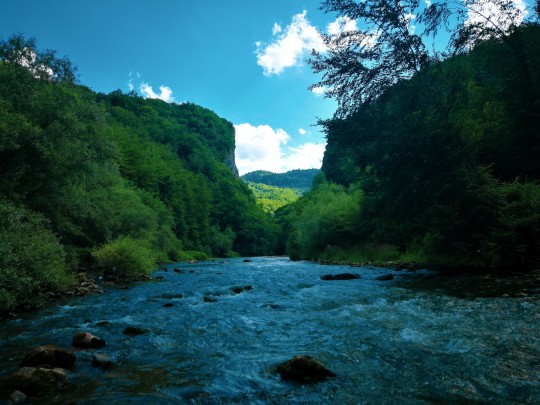
Canyon of Ibar river near city of Novi Pazar in Sandzak, Serbia. Salmonid water, perfect for fly fishing. Once before rich with Brown trout, Graylings and Hucho Hucho, also known as Danube salmon.
Huawei p30 pro
Taken by Emir Gegić
#novi pazar#srbija#serbia#sandzak#fly fishing#river fishing#fisherman#fishing#canyon#balkan#jugoslavia#nature#beautiful nature
5 notes
·
View notes
Text
#fishing#river fishing#lake fishing#fishing tips#walleye fishing tips#walleye fishing#outdoor recreation
2 notes
·
View notes
Text

Chinook Salmon (Oncorhynchus tshawytscha)
#salmon#fish#chinook salmon#king salmon#hi im posting some fish pics because i think fish are beautiful#our rivers are full of fascinating elusive lil guys#or in this case fairly large guys
6K notes
·
View notes
Text
youtube
#Fishing#Fishing Video#Fishing Videos#Fishing Hook#Fish Hunting#fishing videos#River Fishing#Carp Fishng#Fish Catching#North Bengal Fishing#bass fishing#fishing videos bass#fishing#fishing for bass#carp fishing#carp fishing for beginners#fishing hooks#fish#hunting#real#best fishing video#best fishing#unique fishing video#মাছ ধরা#fishing by hand#fish catching#fish trap#big fish#how to fishing#village fishing
1 note
·
View note
Text
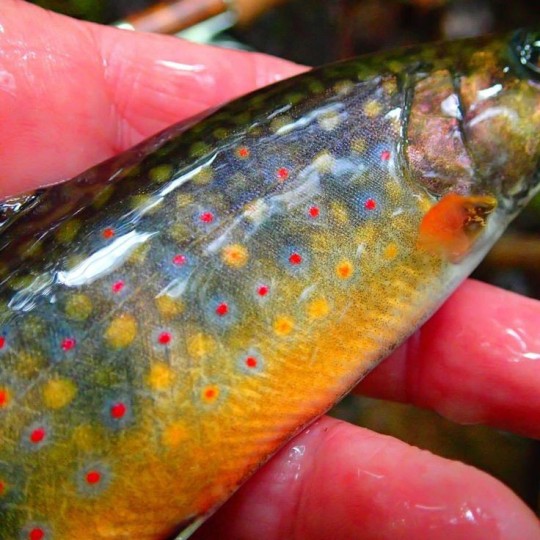


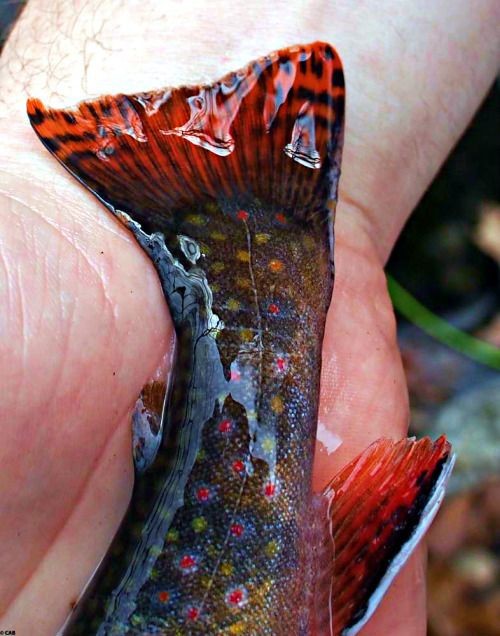
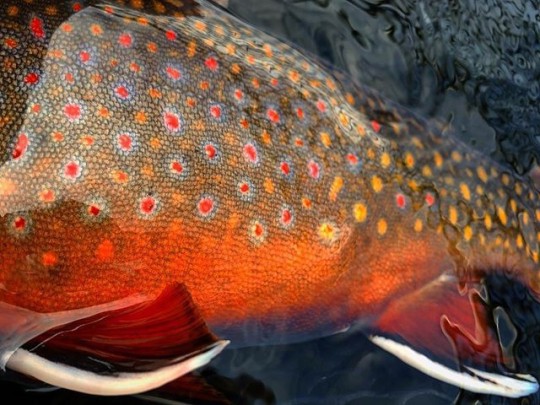
My favourite fish! Native Brook Trout.
5K notes
·
View notes
Photo
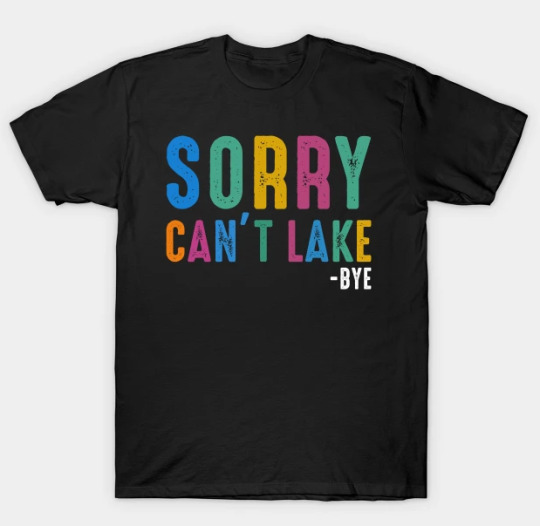
Sorry Can't Lake Bye Lake Life Lake Lovers Funny T-Shirt
Get yours now: https://www.teepublic.com/t-shirt/46024176-sorry-cant-lake-bye-lake-life-lake-lovers-funny
#sorrycantlake #lake #lakelife #lakelover #lovelake #fishing #fishinglover #lovefishing #fisher #fishers #jokes #humor #vintage #retro #fathersday #tshirt #riverfishing #fisherman #fishermen
#Sorry Can't Lake Bye#Sorry Cant Lake Bye#cant lake#lake#lake lover#lake lovers#love lake#lake life#fishing#love fishing#lake fishing#fisher#fishers#fishermen#fisherman#river fishing#vintage#retro#humor#jokes#fish#outdoors#fathers day gifts
0 notes
Text
The Klamath River’s salmon population has declined due to myriad factors, but the biggest culprit is believed to be a series of dams built along the river from 1918 to 1962, cutting off fish migration routes.
Now, after decades of Indigenous advocacy, four of the structures are being demolished as part of the largest dam removal project in United States history. In November, crews finished removing the first of the four dams as part of a push to restore 644 kilometres (400 miles) of fish habitat.
“Dam removal is the largest single step that we can take to restore the Klamath River ecosystem,” [Barry McCovey, a member of the Yurok Tribe and director of tribal fisheries,] told Al Jazeera. “We’re going to see benefits to the ecosystem and then, in turn, to the fishery for decades and decades to come.” ...
A ‘watershed moment’
Four years later, [after a catastrophic fish die-off in 2002,] in 2006, the licence for the hydroelectric dams expired. That created an opportunity, according to Mark Bransom, CEO of the Klamath River Renewal Corporation (KRRC), a nonprofit founded to oversee the dam removals.
Standards for protecting fisheries had increased since the initial license was issued, and the utility company responsible for the dams faced a choice. It could either upgrade the dams at an economic loss or enter into a settlement agreement that would allow it to operate the dams until they could be demolished.
“A big driver was the economics — knowing that they would have to modify these facilities to bring them up to modern environmental standards,” Bransom explained. “And the economics just didn’t pencil out.”
The utility company chose the settlement. In 2016, the KRRC was created to work with the state governments of California and Oregon to demolish the dams.
Final approval for the deal came in 2022, in what Bransom remembers as a “watershed moment”.
Regulators at the Federal Energy Regulatory Commission (FERC) voted unanimously to tear down the dams, citing the benefit to the environment as well as to Indigenous tribes...
Tears of joy
Destruction of the first dam — the smallest, known as Copco 2 — began in June, with heavy machinery like excavators tearing down its concrete walls.
[Amy Cordalis, a Yurok Tribe member, fisherwoman and lawyer for the tribe,] was present for the start of the destruction. Bransom had invited her and fellow KRRC board members to visit the bend in the Klamath River where Copco 2 was being removed. She remembers taking his hand as they walked along a gravel ridge towards the water, a vein of blue nestled amid rolling hills.
“And then, there it was,” Cordalis said. “Or there it wasn’t. The dam was gone.”
For the first time in a century, water flowed freely through that area of the river. Cordalis felt like she was seeing her homelands restored.
Tears of joy began to roll down her cheeks. “I just cried so hard because it was so beautiful.”
The experience was also “profound” for Bransom. “It really was literally a jolt of energy that flowed through us,” he said, calling the visit “perhaps one of the most touching, most moving moments in my entire life”.
Demolition on Copco 2 was completed in November, with work starting on the other three dams. The entire project is scheduled to wrap in late 2024.
[A resilient river]
But experts like McCovey say major hurdles remain to restoring the river’s historic salmon population.
Climate change is warming the water. Wildfires and flash floods are contaminating the river with debris. And tiny particles from rubber vehicle tires are washing off roadways and into waterways, where their chemicals can kill fish within hours.
McCovey, however, is optimistic that the dam demolitions will help the river become more resilient.
“Dam removal is one of the best things we can do to help the Klamath basin be ready to handle climate change,” McCovey explained. He added that the river’s uninterrupted flow will also help flush out sediment and improve water quality.
The removal project is not the solution to all the river’s woes, but McCovey believes it’s a start — a step towards rebuilding the reciprocal relationship between the waterway and the Indigenous people who rely on it.
“We do a little bit of work, and then we start to see more salmon, and then maybe we get to eat more salmon, and that starts to help our people heal a little bit,” McCovey said. “And once we start healing, then we’re in a place where we can start to help the ecosystem a little bit more.”"
-via Al Jazeera, December 4, 2023
#indigenous#river#riverine#ecosystem#ecosystem restoration#klamath#klamath river#oregon#california#yurok#fishing#fisheries#nature is healing#literally this time lol#united states#dam removal#climate change#conservation#sustainability#salmon#salmon run#water quality#good news#hope#rewilding#ecology#environment
5K notes
·
View notes